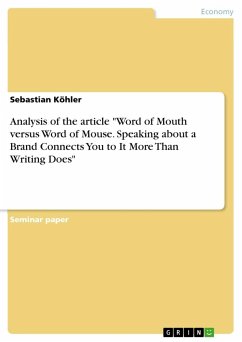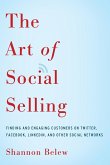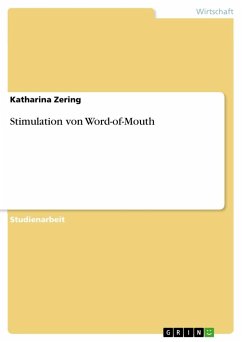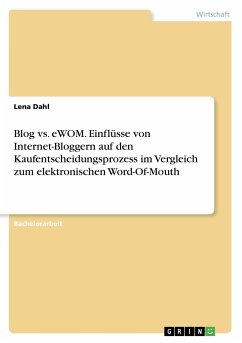Seminar paper from the year 2020 in the subject Business economics - Offline Marketing and Online Marketing, grade: 1,3, University of Passau (Lehrstuhl für Betriebswirtschaftslehre mit Schwerpunkt Marketing und Services), course: Bachelorseminar, language: English, abstract: The aim of this paper is to shed light on the various ways in which traditional word of mouth (WOM) and electronic word of motuh (eWOM) influence consumer behaviour in terms of the resulting SBC, brand loyalty, self-enhancement and vice versa. In addition, consumers' subsequent reactions after their behaviour has been influenced by the different ways of communication are portrayed. Accordingly, the classification of the topic in the field of marketing research and the definitions of central terms and concepts are determined in the first step. Then, the paper will provide an overview of the current state of research regarding the topic in chapter three. Subsequently, chapter four demonstrates an in-depth presentation of the article "Word of Mouth versus Word of Mouse: Speaking about a Brand Connects You to It More Than Writing Does" written by Hao Shen and Jaideep Sengupta. When discussing the article's main findings in more detail, this study will particularly present its objectives, data basis used, methods, findings and limitations. Finally, it concludes with some reflections on possible implications for practitioners and researchers and will give an outlook toward further research contexts.








